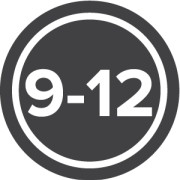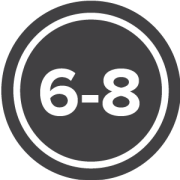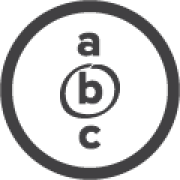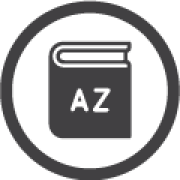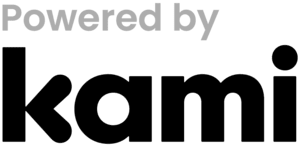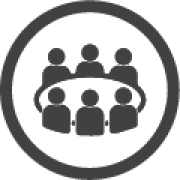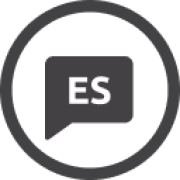
Media and Influence
This unit is designed to teach students about media influence on politics and society. Students learn how the media and interest groups influence discussions that take place in the “public sphere” and ultimately influence the government. They also identify and apply the seven types of propaganda to see how messages are designed to influence us individually. The unit challenges students to take a critical look at all these sources of constructed messages through simulations, vocabulary-building activities, and real world applications.
Topics at a Glance: media influence on politics and society | role of media | media literacy | forms of propaganda | public sphere
Choose Grade Level:
-
Lesson Plan
NewsFeed Defenders Extension Pack
-
Game
NewsFeed Defenders
-
Video
Rachel Carson’s Fight for the Environment
-
Video
Ethel Payne: First Lady of the Black Press
-
Lesson Plan
Propaganda: What's the Message?
-
Lesson Plan
Interest Groups
-
Lesson Plan
The Role of Media
-
Lesson Plan
The Public Sphere

